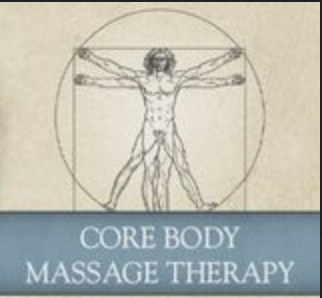Techniques used
My name is Gail Dawe and I am a fully qualified advanced clinical massage therapist. I work with a range of chronic musculoskeletal pain conditions including low back pain, neck pain, headaches, whiplash, RSI, fibromyalgia and many other ongoing injuries or pain conditions.
Hot Stone Therapy
Moist heat is the most effective type of heat to use in bodywork. This can be applied by specialist equipment such as heating pads, hot stone therapy, or at the most simple level, a hot water bottle wrapped in a moist towel, or a wet washcloth placed in the microwave. To further supplement the treatment, essential oils can be added to enhance the therapeutic effect.
Benefits of heat treatment
Decreases pain by producing anesthesia effect;
Increases blood supply to damaged area;
Makes muscles and fascia more pliable;
Lessens muscle contraction;
Encourages relaxation;
Increases ease of movement.
Sports Massage Therapy
Massage therapy can be used to alleviate pain, treat injury and manage stress. If you suffer from any of the following, clinical massage therapy may help:
- Migraines/headaches
- Shoulder pain
- Back pain
- Muscle pain
- Repetitive strain injury
- Arthritic pain
- Trapped nerves
Pain can have a significant impact on your life. Clinical massage combines eastern and western techniques to help reduce or eliminate musculoskeletal pain caused by injuries or chronic pain conditions. It aims to improve the client’s range of motion and mobility. Clinical massage can be used for injury treatment and rehabilitation. Techniques used include:
- Deep tissue massage
- Myofascial & soft tissue release
- Heat treatments such as hot stones
- Trigger point therapy
- Advanced stretching

Trigger point therapy
Janet Travell was the doctor who pioneered trigger point work in the USA and published her first work on the subject in 1952. Dr Travell is famous for relieving the pain of John F. Kennedy who was injured in World War 2.
Points of tenderness are often palpated in muscles by practitioners, even if the client is not complaining of pain. In the absence of other obvious causes, such as bruising, trigger points should be suspected. These points of tenderness may be palpated easily as tense bands of tissue in muscles and tendons and can be relieved by a variety of methods including pressure, stretching, injection of a saline solution into the muscle , or acupuncture needling.
Dry Needling
Although acupuncture needles are used, this technique is very different. Specific trigger points are diagnosed in the muscle tissue prior to treatment. The goal is to release myofascial trigger points or adhesive soft tissue and fascia.
Myofascial Release
The fascia of the body is the tough connective tissue that holds us together. Fascia has been described as a 3 dimensional body stocking that envelops each and every structure of the body; the tiniest nerve has its own fascial sheath, or envelope as does the largest bone. About half of the muscular attachments of the body are to fascia so that muscle tone or state of contraction have a lot to do with how tight or loose the fascial sheaths are.
Myofascial Release (MFR) is a specialised physical and manual therapy used for the effective treatment and rehabilitation of soft tissue and fascial aches, pains, tension and restrictions.
It is traditionally accepted that myofascia is the connective tissue (fascia) in and around muscles, where muscles are the powerhouses of locomotion and posture for the body. Myofascial release is, therefore, an application used to alleviate tension, restrictions and adhesions in the myofascia in order to restore balance and function.
Myofascial Release (MFR) is performed directly on skin without oils, creams or machinery. This enables the accurate detection of fascial restrictions and application of pressure to facilitate release of the fascia.



